
Laos is a hidden gem with a rich cultural diversity that comes from the 49 ethnic groups that influence its food, arts, customs, and festivals. Read on for a list of things to see in Laos:
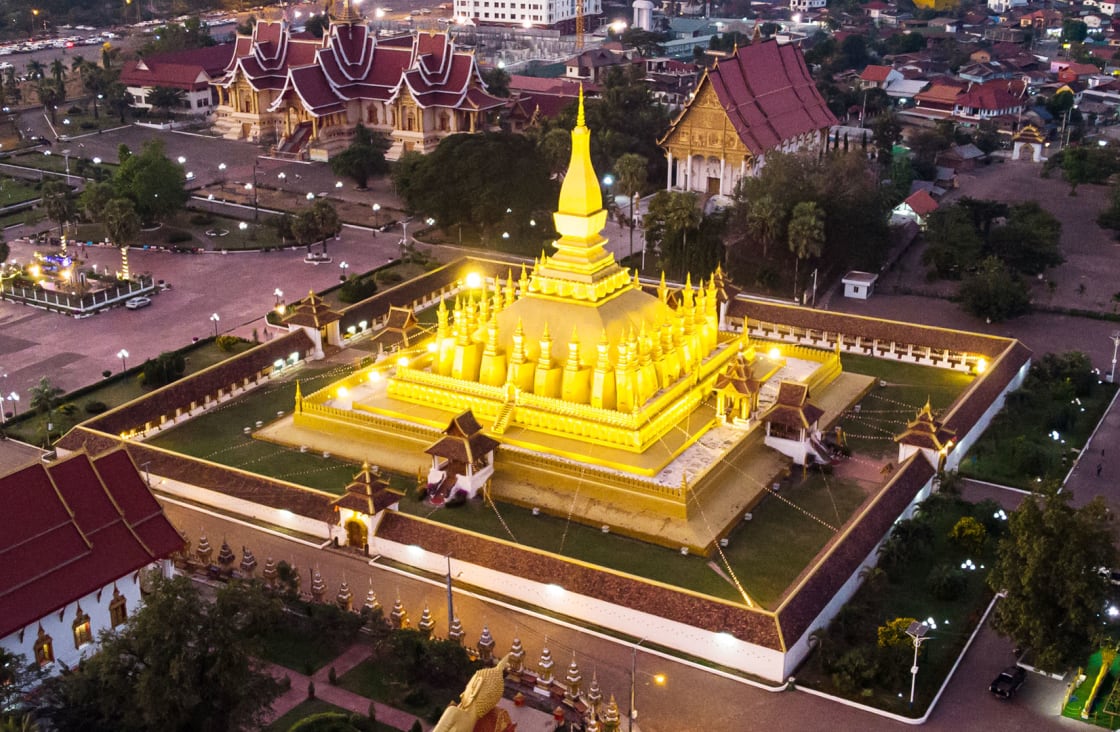
Situated northwest of Vientiane, Pha That Luang is the most important national monument in the country and a symbol of Buddhism. It has undergone several reconstructions because of foreign invasions. The existing Pha That Luang is a complex of brick-built gold stupas. The main stupa comprises three levels, symbolizing the three realms in Buddhism, around which there are 30 small stupas.
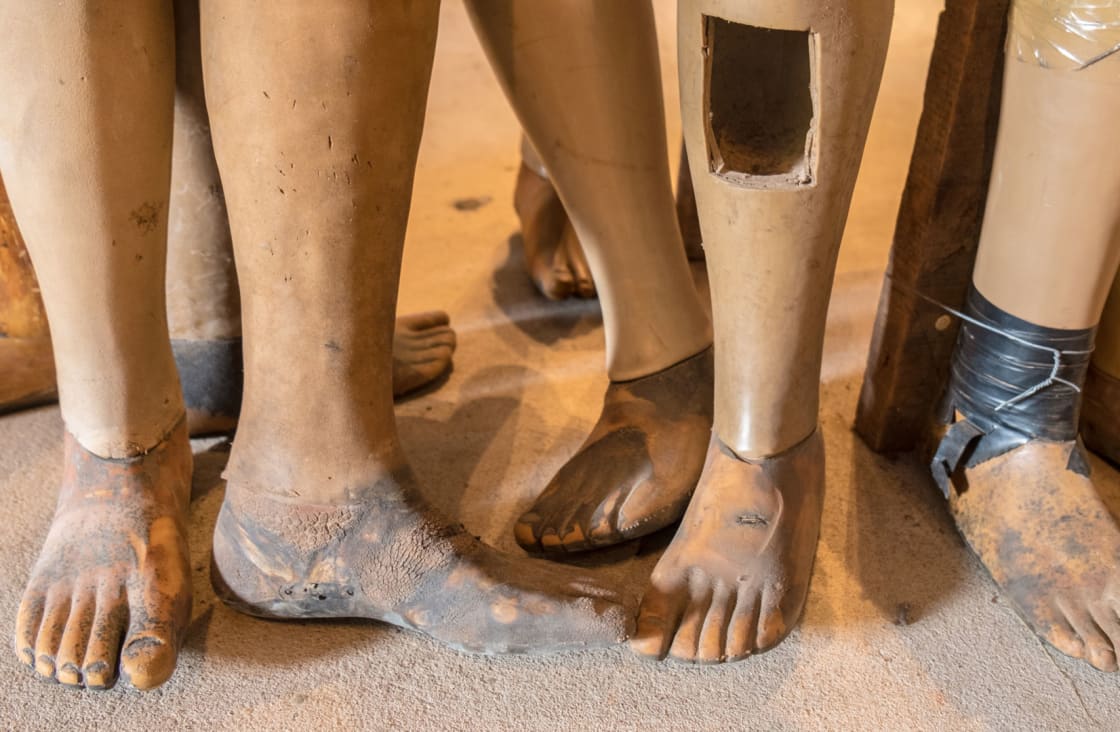
Laos has the dubious distinction of being the most bombed country on earth, and although the American War in neighboring Vietnam ended way back in 1975, unexploded ordnance (UXO) continues to wound and kill people. COPE (Cooperative Orthotic & Prosthetic Enterprise) is the main source of artificial limbs, walking aids and wheelchairs in Laos.
The Visitor Center, part of the organization’s National Rehabilitation Centre, is a profoundly moving museum. It is dedicated to the legacy of the US bombing campaign in Laos, known as the ‘secret war’, of unexploded ordinances, and the ongoing human impacts that include maiming and death of farm workers and children, and the work of COPE and their partners in UXO clearances, together with the provision of psycho-physical needs of victims.
It offers a myriad of interesting and informative multimedia exhibits about prosthetics and the UXO that sadly makes them necessary. Several powerful documentaries are shown on a rolling basis in a theatre, and there is a gift shop and café. One hundred percent of the proceeds, along with donations, go to supporting COPE’s projects in Laos.
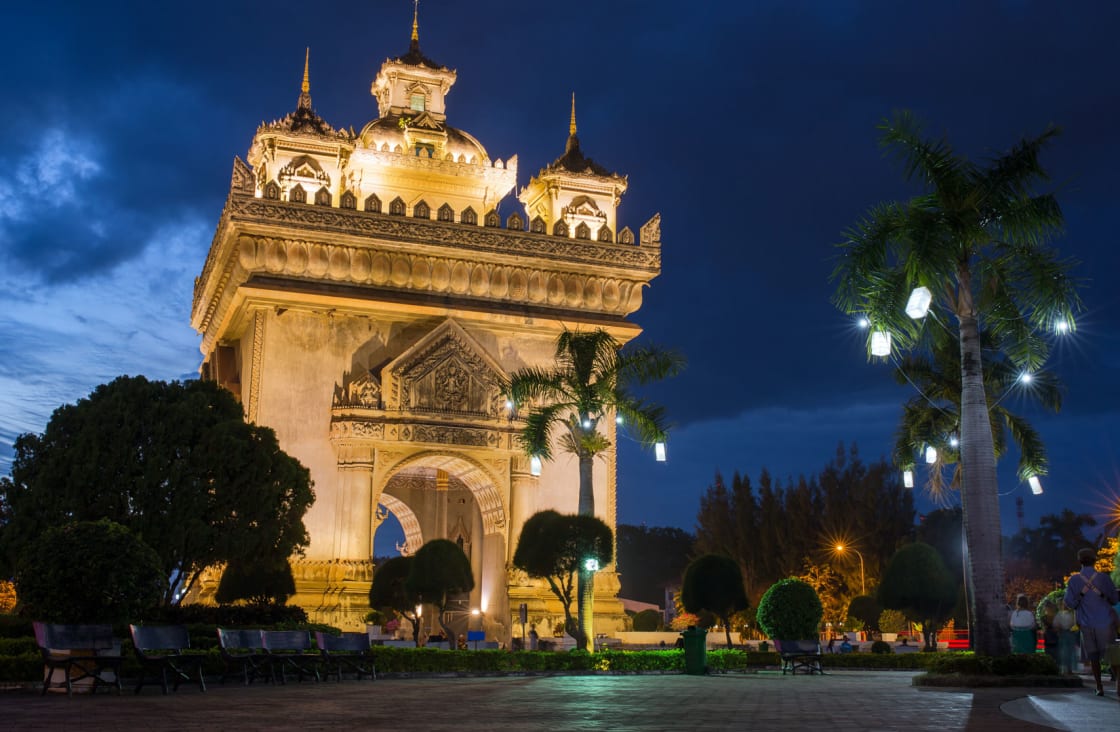
A historical site in the center of Vientiane, Patuxai is a large war monument, 148 feet high and 79 feet wide. Originally, it was built to commemorate those who died in war, but it became a symbol of Laos’ liberation in 1975. The Patuxai Monument is similar to the Arch of Triumph in Paris with arched doors on all sides, while the top part features pyramid-shaped architecture and reliefs of mythological creatures and other exquisite carvings typical of Laotian culture.
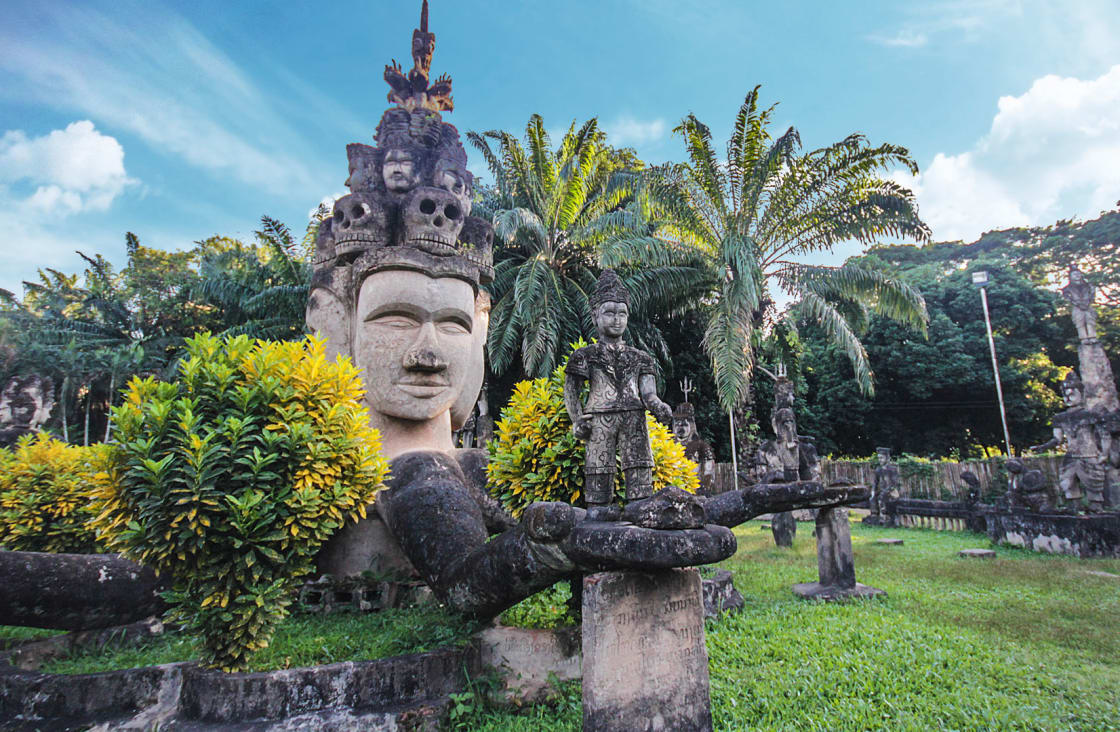
This sprawling concrete sculpture garden must be seen to be believed. The Buddha Park is located on the Mekong River 15 miles east of Vientiane city center and makes for an easy day trip. Known locally as Xiang Khuan, literally meaning “spirit city”, it is a unique and quirky site with an interesting history and is home to over 200 statues depicting Buddhist and Hindu figures.
The park was founded in 1958 by monk and sculpture artist, Bunleua Sulila; as he studied both Buddhism and Hinduism, you will find not only statues of Buddha, but also of Hindu gods, deities, demons, and animals from both beliefs. The statues are as impressive in size as they are in detail. Standouts here include a 130-foot reclining Buddha, a two-headed elephant, a four-armed deity riding a horse, and the Hindu god, Indra.
One of the best spots for taking photos is at the top of a massive pumpkin structure. The entrance is crafted to look like a demon’s mouth, with a stone ladder inside leading to panoramic views of the park.

Wat Si Saket is the only temple in Laos that survived the Siamese occupation, which destroyed much of the capital in 1828. It features over 10,000 Buddha sculptures of varying sizes and styles. The temple also has beautiful architecture and layout, with a history that dates back to 1818. Must-sees include its ornate five-tiered roof, a drum tower, a small library with a Burmese-style roof, and the floral ceiling of the Sim − ordination hall. The hall holds 7,000 images made from wood, stone and bronze.
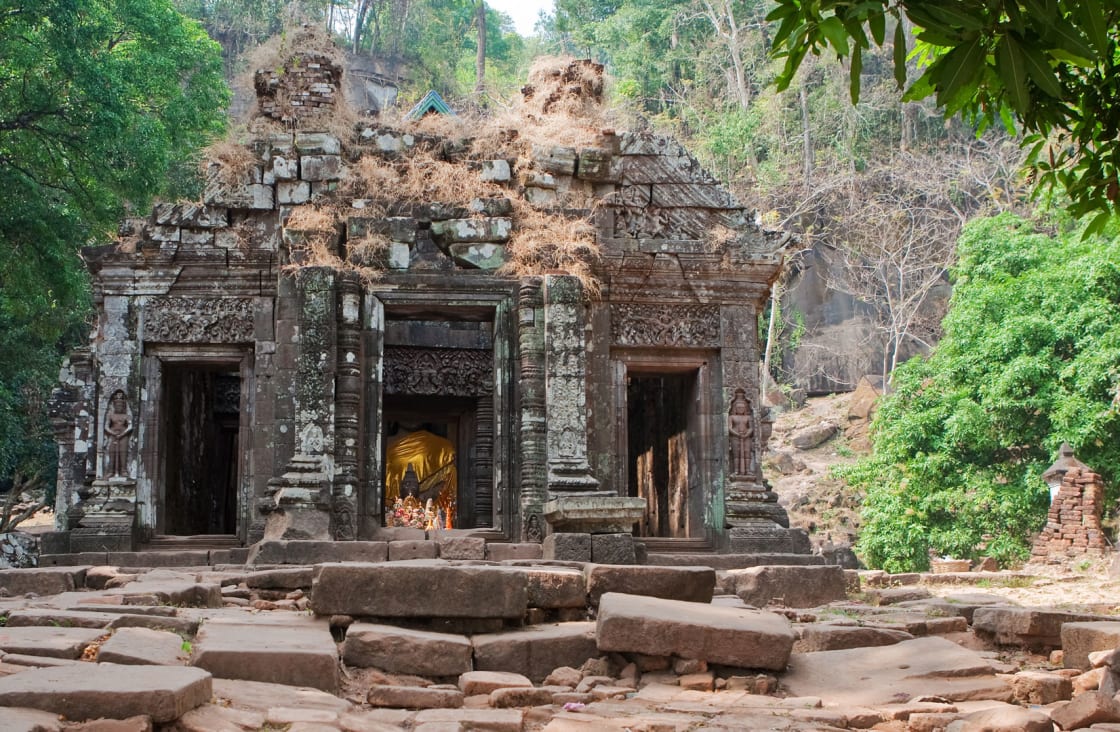
On the West bank of the Mekong river south of Paske, the UNESCO World Heritage site of Wat Phu is an archaeological phenomenon. This impressive Khmer temple is reminiscent of a miniature version of Angkor Wat in Cambodia, although it was actually built in the late 10th to early 11th century, and is therefore older than Angkor Wat. The temple was originally dedicated to Shiva, one of the Gods of the Hindu Trimurti, but in the 13th century it was converted into a Buddhist monastery. Even today the temple is still a place of worship for local Buddhists.
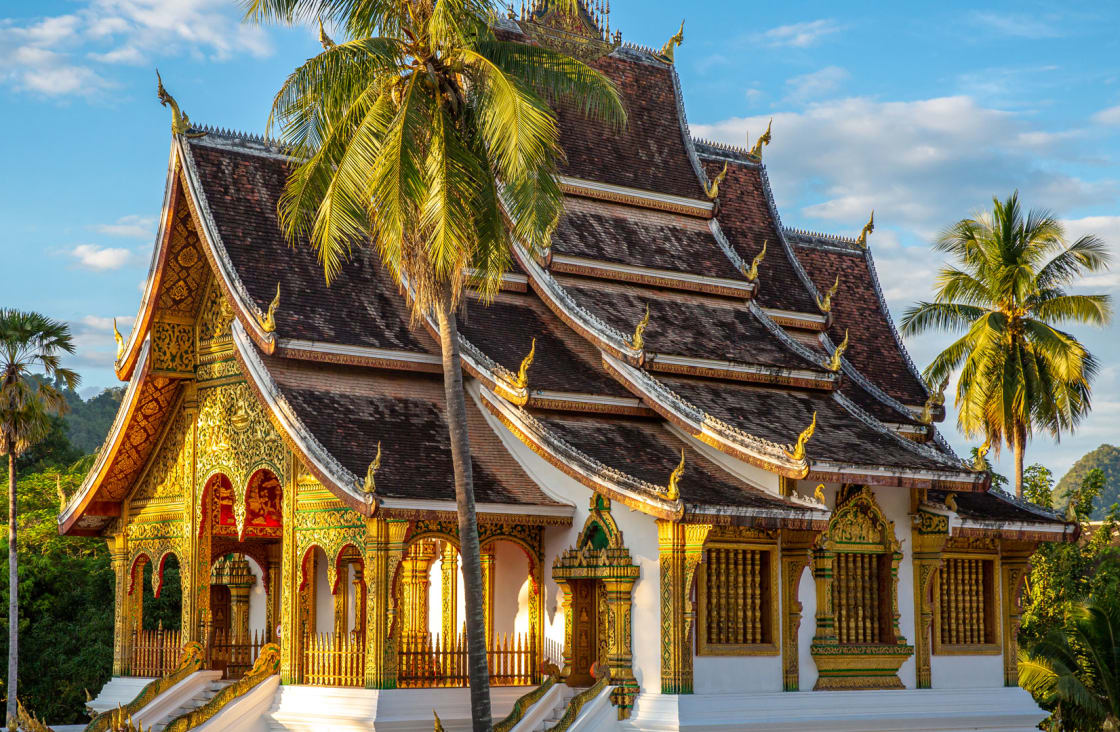
An absolutely charming small city, Luang Prabang is one of the most popular tourist attractions in Laos. Until 1975, when the communists took over the country, it was the royal capital of Laos. The Royal Palace Museum here is a highlight and usually the first stop for travelers to Luang Prabang.
It was originally built in 1904 as the residence for the king and his family at the Mekong riverside, truly magnificent with elegant and luxurious decorations. In 1975, it became a museum. Nowadays, the royal members are gone, but the former audience hall, meeting room, and collection room are well-preserved.
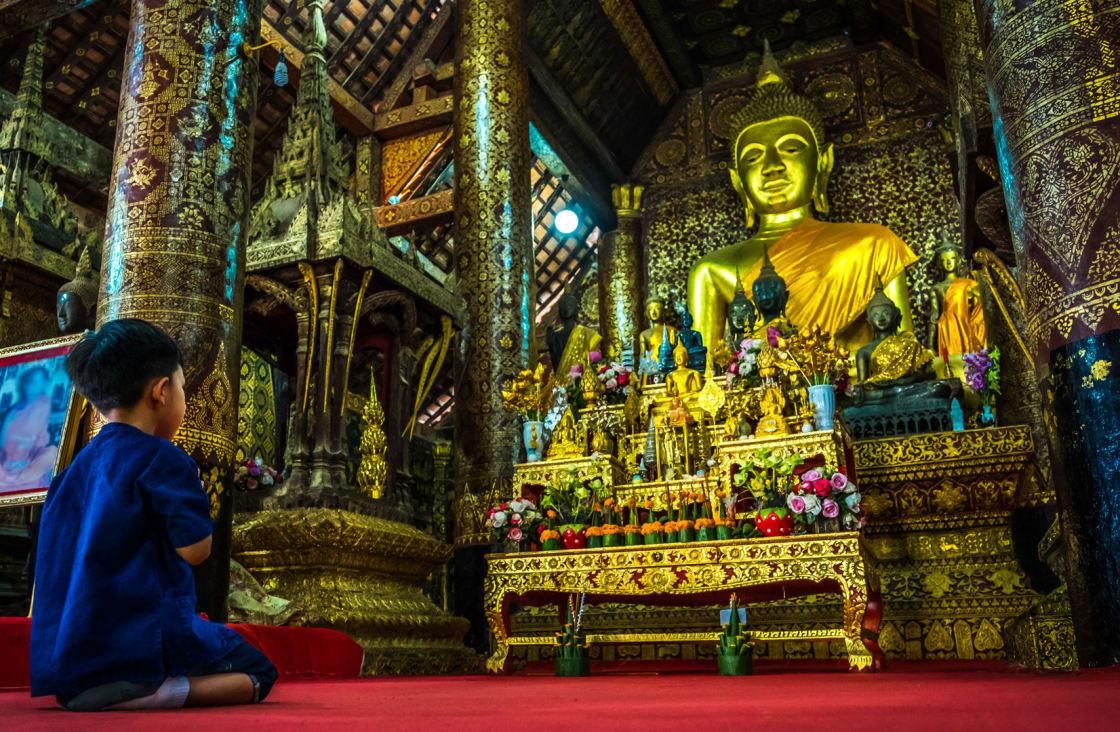
The Golden City Temple, Wat Xieng Thong, is known as the most beautiful ancient temple in Luang Prabang. The most attractive mosaic here is the “tree of life” crafted from stained glass on the rear wall of the main hall. A rare reclining Buddha is displayed in the Red Chapel, and a not-to-be-missed exhibit is a 39-foot-high hearse in a funeral hall with a golden dragon head and a golden urn for containing royal ashes.
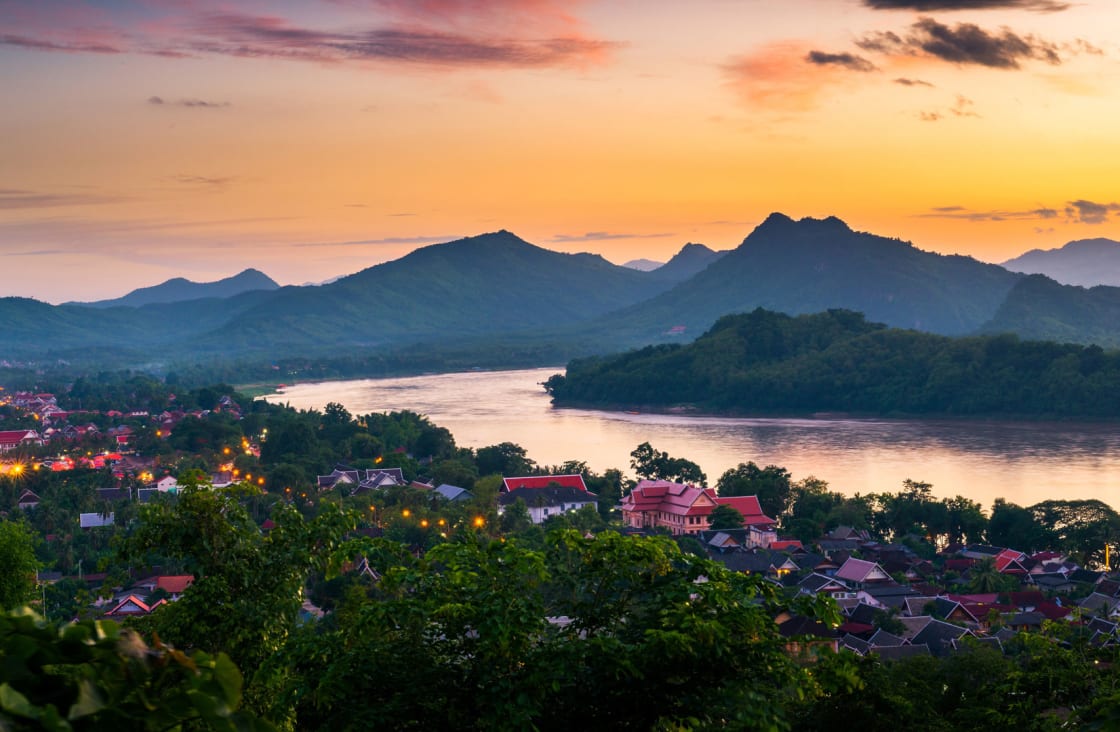
Mount Phousi is a holy mountain with the That Chomsi Stupa on its summit. Legend tells us that the immortals stood on the stupa to create Luang Prabang. The stupa is also the starting point for the Lao New Year procession when the Prabang Buddha is carried through the streets on a golden palanquin. You will see several temples along the way, and at the summit, you can enjoy a panoramic vista of Luang Prabang, which is especially beautiful at sunrise and sunset.
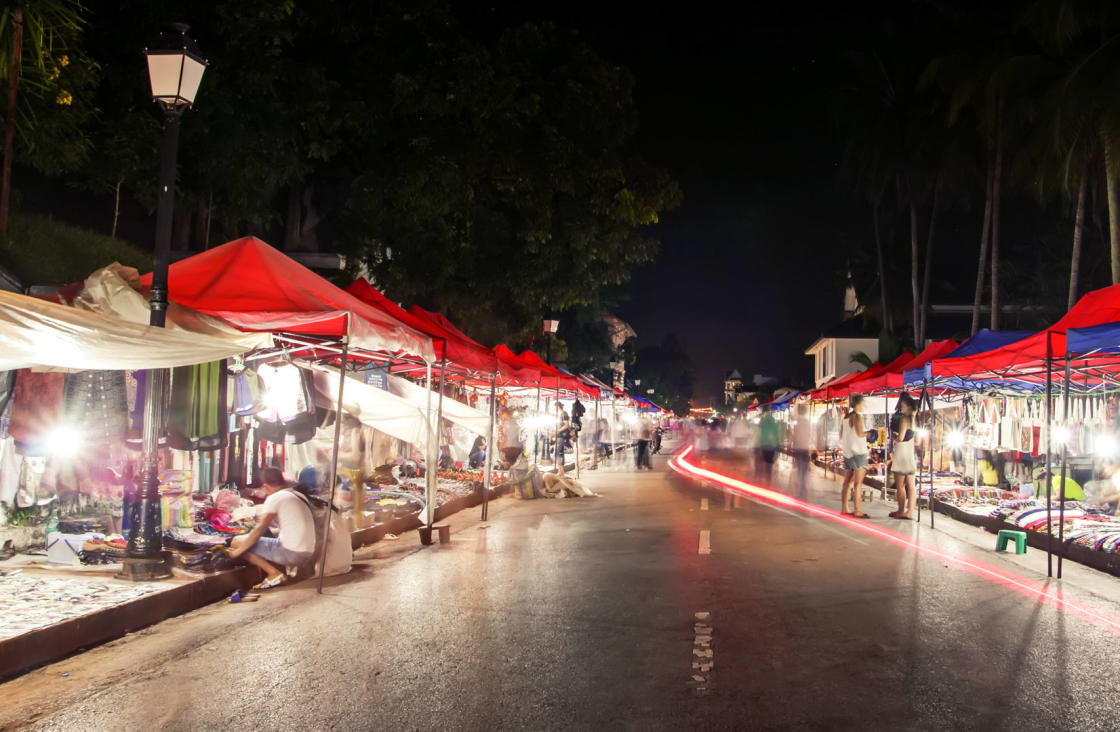
The Night Market has countless tents selling everything and anything you can imagine, so be sure to spend a couple of hours here looking, buying, exploring, and getting lost. You will probably stumble upon something you like, whether it’s a handmade scarf, rice vodka (snake included!) or the local Laos coffee. You can then enjoy the evening here too, eating at one of the restaurants or food stalls close by.
Luang Prabang also has a Morning Market. With cool and fresh weather, friendly food-vendors and even better food, it’s the best way to start the day.
While Rainforest Cruises aim to provide accurate and up-to-date information, we make no representations as to the accuracy or completeness of any information herein or found by following any link on this site. Rainforest Cruises cannot and will not accept responsibility for any omissions or inaccuracies, or for any consequences arising therefrom, including any losses, injuries, or damages resulting from the display or use of this information.




